Order Teuthida Higher classification Taningia | Scientific name Taningia danae Rank Species | |
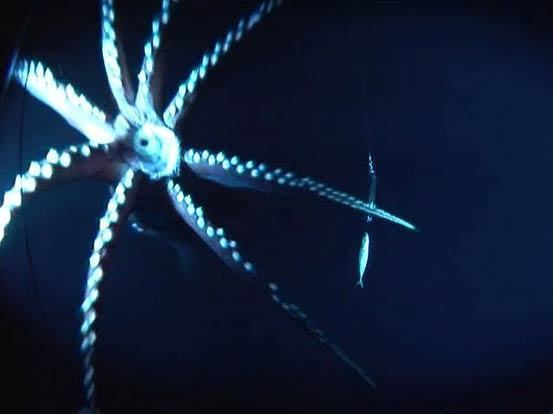 | ||
Similar Taningia, Squid, Cephalopod, Octopoteuthidae, Hooked squid | ||
Taningia danae, the Dana octopus squid, is a species of squid in the family Octopoteuthidae. It is one of the largest known squid species, reaching a mantle length of 1.7 m (5.6 ft) and total length of 2.3 m (7.5 ft). The largest known specimen, a mature female, weighed 161.4 kilograms (356 lb).
Contents
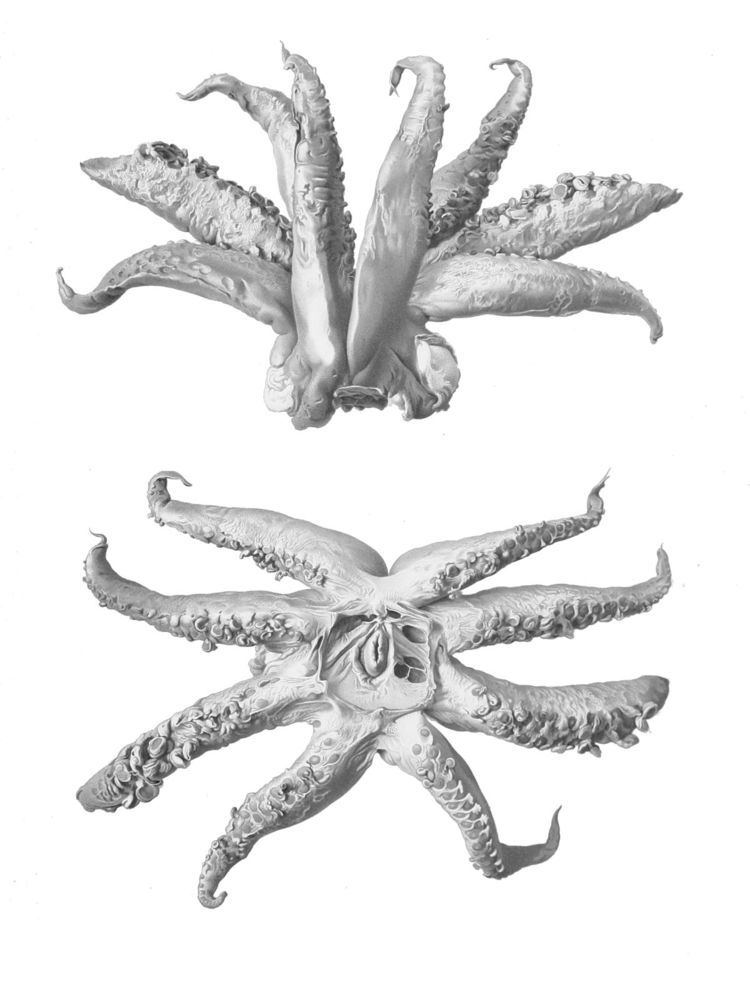
Taningia danae is named after Danish fisheries biologist Åge Vedel Tåning (1890–1958), who often traveled on the research vessel Dana.
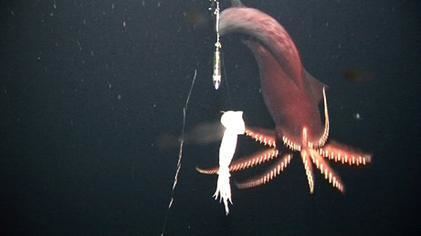
Taningia danae
Hunting behaviour and bioluminescence
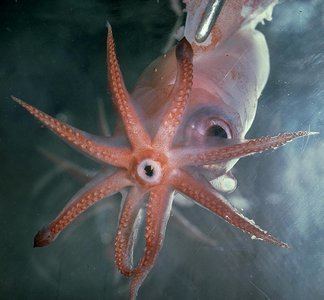
In 2005, a Japanese research team headed by Tsunemi Kubodera managed to film T. danae in its natural habitat for the first time. The video footage, shot in deep water off Chichi-jima in the northern Pacific Ocean, shows T. danae emitting blinding flashes of light from photophores on its arms as it attacks its prey. It is believed that this highly maneuverable squid uses the bright flashes to disorientate potential prey. These flashes may also serve to illuminate the prey to make for easier capture as well as a courtship and territorial display.
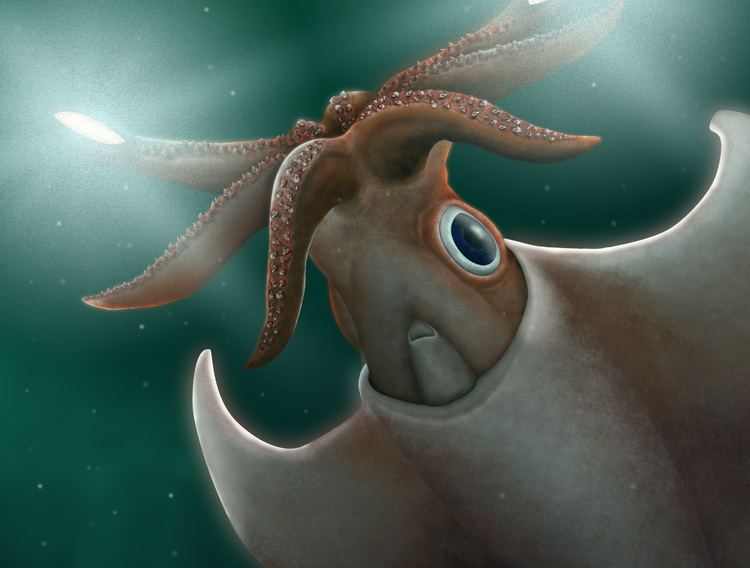
As well as a predatorial characteristic, Dana bioluminescence has also been suggested to be a defense mechanism. Juveniles of this species have been observed moving rapidly in the direction of potential predators, as if hunting, to disorientate and startle the threat with a mock attack.
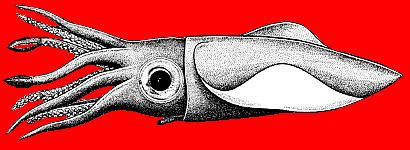
In 2012, Taningia danae was filmed twice more during a search for the giant squid for the Discovery Channel Special, Monster Squid: The Giant Is Real.
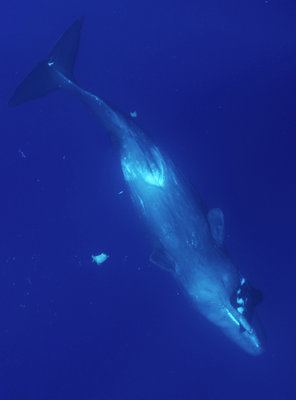
Remains of Dana octopus squid have, on occasion, been found washed ashore on beaches. In 2008, a mantle of T. danae was discovered by students in Bermuda's Grape Bay, while tentacle remnants were found further along the shore. In early 2013, a 54 kg (119 lb) specimen with a length (excluding arms) of 103 cm (3.38 ft) was trawled at a depth of 240 m (790 ft) off the coast of Estaca de Bares, Galicia, Spain. It was loaned to the Spanish Institute of Oceanography.
In popular culture
James Rollins' SIGMA Force Book 4: The Judas Strain (2007) provides detailed descriptions of sightings of schools of giant predatory squid in the waters off the island of Pusat and graphic descriptions of collaboratortive squid attacks of several characters. In the book's "Author's Note: Truth or Fiction: Fauna", Rollins shares: "As to our predatory squids, I based them on the species Taningia danae, which grow to six feet in length, hunt in packs, have brilliant light displays, and bear claws on their suckers. Definitely tough calamari."
